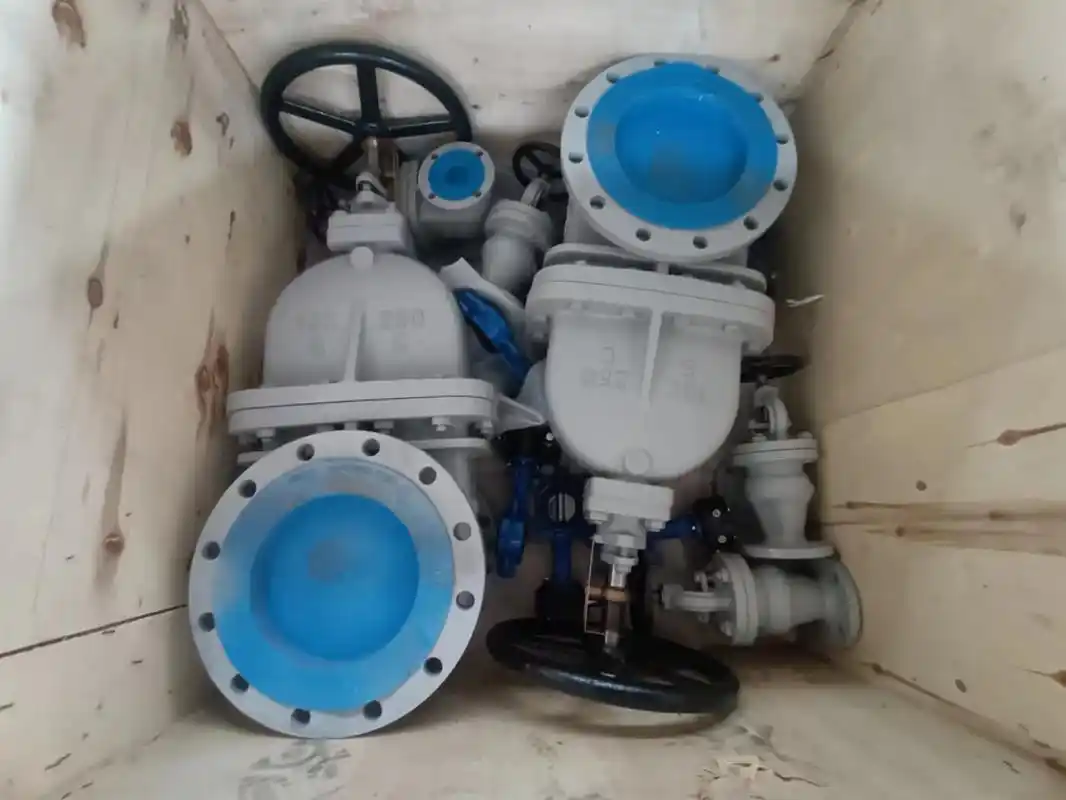|
Comprehensive Guide to Marine Valves: Types, Applications, and Maintenance Best PracticesMarine valves are critical components in shipboard systems, ensuring safe and efficient control of fluids, gases, and electrical systems. This guide explores the types of marine valves, their applications, 1. Types of Marine Valves and Their Applications Marine valves vary widely based on their function and operational environment: Ball Valves: Ideal for quick shut-off in fuel and water systems due to their tight sealing. Gate Valves: Used in high-pressure systems like bilge or ballast management. Butterfly Valves: Common in HVAC and large-diameter pipelines for flow regulation. Check Valves: Prevent backflow in cooling and exhaust systems. Safety Relief Valves: Protect boilers and hydraulic systems from overpressure. Modern innovations, such as Fisher™ smart valves with predictive monitoring capabilities, enhance reliability in harsh marine conditions by detecting wear early and optimizing performance6. 2. Common Challenges and Solutions Leakage and Corrosion Leaks often arise from improper sealing, corrosion, or wear. For example, sanitary pump issues linked to leaking toilet valves highlight the importance of regular inspections7. Solutions include: Using corrosion-resistant materials like stainless steel or duplex alloys. Implementing WAGO I/O-SYSTEM 750 modules for real-time monitoring of valve conditions in distributed systems4. Electrical System Risks Loose connections in shore power systems can cause arcing faults, leading to fires. Ensure locking plugs and routine checks on electrical valves to prevent resistive heat buildup1. Operational Failures Valve misalignment or lubrication issues can disrupt systems. Tribology principles (friction/wear management) are critical. For instance, hydrodynamic lubrication reduces piston ring friction—a concept applicable to valve seals10.
3. Maintenance Best Practices Proactive maintenance extends valve lifespan and prevents failures: Regular Inspections: Check for scorch marks, corrosion, or abnormal wear (e.g., high-pressure oil pump failures7). Predictive Monitoring: Tools like Fisher FIELDVUE™ DVC7K provide performance analytics to preemptively address issues6. Lubrication Management: Apply marine-grade greases to minimize boundary-layer friction10. For complex systems like redundant diesel-electric propulsion, ensure valves integrate seamlessly with automation protocols (e.g., MODBUS/CAN bus communication). 4. Innovations in Marine Valve Technology Advancements are reshaping marine valve solutions: Smart Valves: Enable remote diagnostics via satellite, allowing experts to troubleshoot offshore systems without physical intervention64. Sustainability Focus: Valves designed to reduce fugitive emissions align with environmental regulations6. CFD Modeling: Computational fluid dynamics optimizes valve design for turbulent marine environments, as highlighted in coastal engineering research9. Conclusion From preventing arcing faults in shore power systems1 to leveraging AI-driven predictive maintenance6, marine valves demand a blend of traditional expertise and cutting-edge innovation. By prioritizing regular inspections, adopting smart technologies, and understanding tribological principles, maritime operators can ensure safety, efficiency, and compliance. For deeper insights, explore case studies on WAGO’s modular I/O systems4 or Fisher’s sustainability initiatives6. |

